STAKEHOLDER INTERVIEWSPerspectives from 15 global health leaders on GHIT's catalytic role and
Japan's transformational contributions to global health R&D
DISCOVERY
01
Dr. David Reddy
CEO
Medicines for Malaria Venture (MMV)
“There is an urgent need
to develop new drugs that
are active against
resistant parasites.”
Why is malaria an important disease in the 21st century?
Malaria is important because aggressive, coordinated efforts to control the disease have had a direct impact on health and economic indicators in the world's poorest countries. In 2015 there were approximately 212 million cases of malaria worldwide in the 91 countries with ongoing transmission of this mosquito-borne disease. While significant progress has been made over the last fifteen years in reducing malaria cases by around 60%, and reducing mortality by around 40%, this disease remains one of the major health problems in the developing world. With an estimated 429,000 deaths in 2015 from malaria, and a child dying every two minutes from the disease, the world's poorest countries are effectively being robbed of the next generation.
The progress that has been made is the result of using insecticide-treated bed nets, vector control (mosquito elimination), and drugs designed to prevent or cure the disease, yet overuse—and often misuse—of these interventions has contributed to growing drug resistance. As a result, there is an urgent need to develop new drugs that are active against resistant parasites, as well as new insecticides to address the same problem of resistance with insecticide-treated bed nets.
How and why was MMV created?
MMV was formed in 1999 to address market failure in malaria drug development. The cost and risk involved in developing new medicines outweighed the commercial return that could be gained from the world's developing nations, and as a result we needed a different model, one in which public-sector funding, philanthropic funding, and technical expertise provided by a group like MMV could be used to de-risk and incentivize the pharmaceutical industry to develop new drugs. A crucial part of the recipe was also to bring academia on board: academia has a key role in bringing forward some of the new interventions that can then be taken up by the pharmaceutical industry and developed for use in countries where the malaria toll is greatest.
MMV was actually formed in response to the request of African nations to address a key problem: the increasing resistance to anti-malarial drugs but declining R&D effort to create the new drugs that were needed. So the role that MMV plays is to form partnerships—partnerships with industry and academia using government and philanthropic funding to incentivize and support the development of new anti-malarial drugs.
What do you see as the watershed moments in malaria product development since MMV’s establishment?
MMV and our partners have created what is the strongest pipeline of malaria drugs in history. As a result, six drugs have been launched that are saving lives today, including Coartem® Dispersible. Since its 2009 launch, 300 million treatments of this important drug have been delivered for use in children. An injectable artesunate is also available for the treatment of severe malaria. We estimate that through use of these two interventions alone, more than 1 million lives have been saved. It is our hope that we can continue to forge those partnerships to bring the rest of that drug portfolio through and make even greater impact in the years to come.
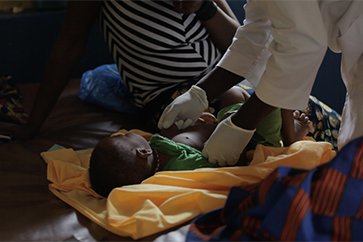
“Japan really was a logical
choice, but was difficult to
approach as an outsider.
That all changed with
GHIT’s establishment.”
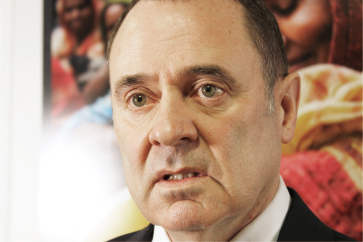
You mentioned drug resistance as a persisting challenge. Please share more about the opportunity for new drugs in this area.
The challenge of drug resistance is one that we face across many different areas of healthcare, with antibiotics, antivirals, and anti-malarial drugs. Often this is associated with overuse or misuse of drugs, and we have a legacy issue with malaria in that many of the drugs that we have today were first used as monotherapy. The drugs used on their own, and not in combination, don't have a partner drug to protect them, making them particularly vulnerable to resistance.
One of the other issues is that there have often been substandard drugs produced, or even counterfeit drugs, that may contain far less than the required amount of drug that is needed to really suppress the parasite in the blood, and as a result of this there has been emerging resistance that has rendered our drugs ineffective, one after the other. But we need to stay ahead of the parasite, and in order to do that we need to attack it in different ways.
Since MMV and its partners began working in the malaria space, the number of targets or different ways we can attack the parasite has increased from 5 targets in 1999 to around 26 targets today. This is unprecedented in terms of biological gains against any organism, and it gives us an enormous opportunity to battle the parasite in new ways, get ahead of the threat of resistance, and ensure we have the drugs that we will need tomorrow.
You mentioned that MMV and its partner have created six new drugs for malaria. What do you see as the role and value of partnership in malaria drug innovation?
The question of why partnerships are so important is one that's really central to the DNA, if you like, of MMV. I often say that we are nothing without our partners, and that is absolutely true.
We try and assemble various groups, be they from academia or from industry. What we are looking for is true excellence in different areas, as well as key assets such as drug libraries, chemical libraries that can be brought forward. Each partner in our value chain has a unique role and plays to their strengths. It's only by bringing the best of the best together and assembling that value chain that we can rapidly develop new anti-malarial drugs and deliver them in a timely manner, and in a way that makes them both accessible and affordable.
How and when did MMV's collaboration with Japan begin?
MMV had been looking at partnering with Japanese companies since 2009, but without the contacts and a real understanding of the Japanese pharmaceutical industry it was very hard for us to make inroads and to really form the connections that we needed. We were interested in Japanese companies because of the excellence that Japan has in pharmaceutical drug development. Japan has some of the giants of the pharmaceutical industry; it also has a wealth of diversity in its compound collections. So Japan really was a logical choice, but was difficult to approach as an outsider. That all changed with GHIT’s establishment.
We had very early contact with BT Slingsby (GHIT’s CEO) when he was at Eisai, as well as with Tachi Yamada in some of the support that he was providing around GHIT’s inception. It really seemed like the perfect solution for bringing other entities in and partnering with the Japanese pharmaceutical powerhouse to make progress. In doing this, we were able to form strategic alliances with groups like Takeda, Eisai, Sumitomo, and the other companies that we are now forging relationships with.
What makes Japan and Japanese entities valuable partners for your work?
MMV sought relationships with Japanese pharmaceutical companies for a number of reasons, the first of which is the excellence of the Japanese pharmaceutical industry. The industry in Japan has not only developed innovative drugs to very high quality standards with very good ethics along the way, they also do that in their interactions and the distribution of those drugs. We really wanted to be able to leverage that expertise and that core set of values that go with it.
Beyond that, there's also the really interesting factor that Japan has developed diversity within its chemical libraries, which are really the base of drug discovery and the seeds for the medicines of tomorrow. And that diversity means that we can potentially look at Japanese libraries and with a high probability be able to get something truly unique that is differentiated from anything else we could get from other companies in the world. This was a compelling factor that really drove us to seek out those partnerships.
How have MMV’s partnerships with Japanese pharmaceutical companies shifted the dial on malaria research and product development?
We started at different points in the value chain, which was one of the major breakthroughs, with Takeda providing expertise and support with a compound that was entering clinical development. With Eisai, the screening of libraries gave very early wins, which we're now able to look at and potentially proceed with towards clinical development as well.
GHIT provided that entry to the Japanese pharmaceutical network, and, fundamentally, to their compounds. But it has also done something else that really is unique. This is the first instance where we have seen the private sector, academia, and the public sector come together from the very start and then bring on groups like product development partnerships (PDPs) into the effort. GHIT brought together all the recipes for success right at the very beginning and no other group has ever done this.
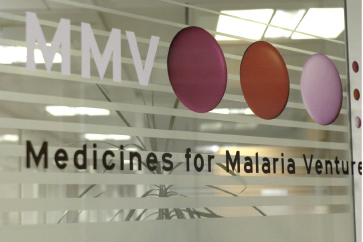


“DSM265 has a new
mechanism of action it will
be active against
drug-resistant parasites,
which is absolutely
essential.”
More broadly, how is Japan helping transform what is possible in the malaria field?
Japan is doing this in a number of different ways. The first is the very formation of GHIT, which brings together all of the ingredients necessary for success. Through GHIT, you are bringing together academia and that innovation from within Japan. You're bringing together the Japanese pharmaceutical industry, its core expertise in drug development, its libraries, and its distribution reach globally. You're bringing together the product development partnerships like MMV, which have the disease-area understanding and can complement Japanese companies, most of which haven't worked in the malaria field before.
And then there's the extraordinary commitment by the Japanese government, which is really throwing its weight and its resources behind this to provide the funding that can drive the whole enterprise forward. That's very unique.
Please describe MMV’s partnership with Takeda on DSM265 (funded by GHIT). Why is this work innovative?
DSM265 is the first of a novel mechanism of action, meaning that it attacks the parasite in a totally different way. It's what's called a DHODH inhibitor. It attacks a specific enzyme in the parasite, and has interesting characteristics.
First, because DSM265 has a new mechanism of action it will be active against drug-resistant parasites, which is absolutely essential. Second, because it's very, very potent we can see that this drug, even on its own, can kill the majority of parasites in the blood. The next step in development is to look for an appropriate partner drug, so that is can be part of a drug combination. It's too valuable to lose to future resistance.
Another characteristic of DSM265 is that when administered orally it persists in the blood stream for a good length of time. This means that it has the potential to be used as a single-dose treatment, because it can remain in the blood long enough to kill all the parasites. That is a real breakthrough. It means that after just one dose given by a doctor or a healthcare worker, patients can go on their way knowing that they are cured. This overcomes a key challenge in some of the environments where we work, where patients often don't complete the full course of treatment. Often this is because the patient’s family wants to save the remaining doses in case another child in the family gets sick, and as a result the first child doesn't get cured properly, which increases the threat of resistance.
Looking ahead, what role do you hope Japan will play in malaria research and product development over the next 5-10 years?
What I look forward to in the next five to ten years is really building upon the success that we're having already with GHIT and with the Japanese pharmaceutical industry. I firmly believe that in good working partnerships, where the partners get to know one another, they work together successfully. This is the ingredient for continued future success.
What does success look like? Success would be is progressing with drugs like DSM265, DSM421, and the non-artemisinin compound SJ733 that is being developed in collaboration with Eisai, and moving these compounds forward through the clinical development pathway and ultimately to patients towards the end of that ten-year horizon. This will be the true proof that we have succeeded.
But behind this effort there are even more promising molecules to come, and we will need them because we know that drug development is characterized by the failure of compounds. Our job is to make them fail as early as possible if they are going to fail, so we don't waste resources, and to bring through the next generation. Working with Japanese companies, we hope to be able to have that next generation of drugs to maintain the vibrancy of our pipeline and to create the drugs for the future that ultimately will be needed to eradicate malaria.
What motivates your personal engagement in the malaria field?
I've worked in disease areas where there have been significant public health challenges. The first area was HIV/AIDS. I worked in that area for around ten years during which I saw enormous progress being made not only on the scientific front but on the access front—actually getting drugs to people that needed them. AIDS probably broke the mold on what can be done in terms of drug access. The other area was pandemic influenza, again a major public health issue.
What I learned through these experiences is that the only true way to success is partnership. I really like doing things that are different, that are out of the box, and working across the public and private sectors. Malaria was a field where progress was being made, but there were real gaps in terms of access and getting drugs to those that need them.
The other thing is that malaria disproportionally affects children, and I'm a father. If you go in the field and you see the way children suffer with malaria, it's compelling. These are the things that drive me.
The affiliations and positions listed in this interview are at the time of publication of the interview in 2017.
“Working with Japanese companies, we hope to be able to have that next generation of drugs to maintain the vibrancy of our pipeline and to create the drugs for the future that ultimately will be needed to eradicate malaria.”
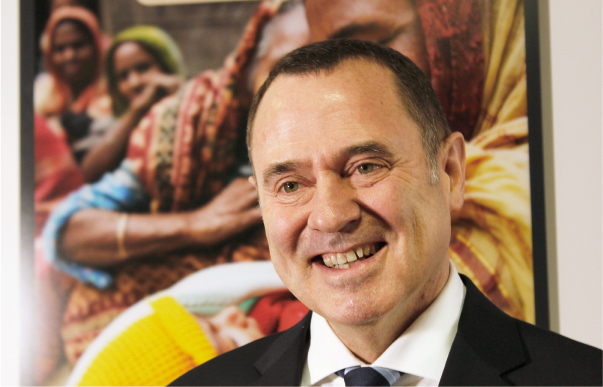
- Biography
- David Reddy, PhD, is CEO of MMV. Previously, he was Vice President of Global Product Strategy at F. Hoffman-La Roche Ltd, Basel, where he served as Pandemic Taskforce Leader. He was also Global Franchise Leader for HIV/AIDS at Roche, where he oversaw the development and introduction of the first HIV fusion inhibitor and was responsible for developing Roche’s HIV drug access policies and initiatives. His 20+ years of pharma experience include drug development team leadership, licensing and alliance management, product and disease area management, market analytics and business planning. His roles also included interfacing with governments, NGOs and patient advocacy groups around access to medicines for priority diseases.
STAKEHOLDER INTERVIEWSARCHIVES
FUNDING
-
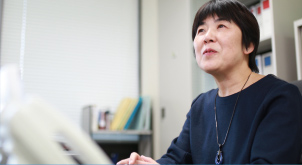
01
Dr. Naoko YamamotoSenior Assistant Minister for Global Health,
Ministry of Health, Labour and Welfare
#
-
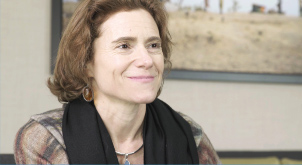
02
Dr. Hannah KettlerSenior Program Officer, Life Science Partnerships
Global Health Program, Office of the President
Bill & Melinda Gates Foundation
#
-
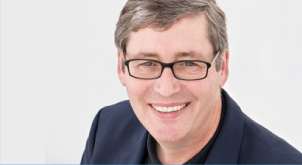
03
Prof. Stephen CaddickDirector, Innovations Division,
Wellcome Trust
#
DISCOVERY
-
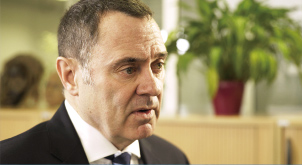
01
Dr. David ReddyCEO
Medicines for Malaria Venture (MMV)
#
-
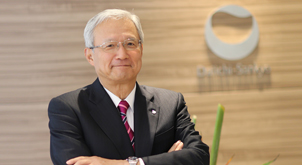
02
Mr. George NakayamaRepresentative Director,
Chairman and CEO
Daiichi Sankyo Company, Limited
#
-
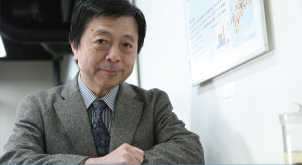
03
Prof. Kiyoshi KitaProfessor Emeritus, The University of Tokyo
Professor and Dean, Nagasaki University School of Tropical Medicine and Global Health
#
DEVELOPMENT
-
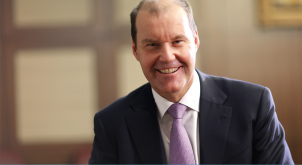
01
Mr. Christophe WeberRepresentative Director, President and CEO
Takeda Pharmaceutical Company Limited
#
-
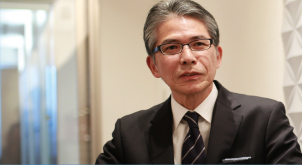
02
Mr. Yoshihiko HatanakaRepresentative Director,
President and CEO
Astellas Pharma Inc.
#
-
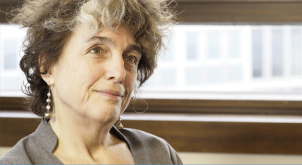
03
Dr. Nathalie Strub WourgaftMedical Director
Drugs for Neglected Diseases initiative (DNDi)
#
ACCESS
-
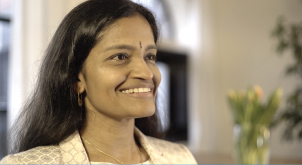
01
Dr. Jayasree K. IyerExecutive Director
Access to Medicine Foundation
#
-
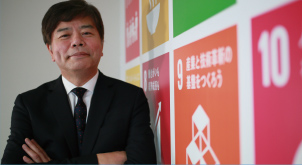
02
Mr. Tetsuo KondoDirector
United Nations Development Programme (UNDP)
Representation Office in Tokyo
#
-
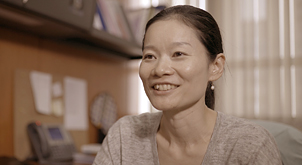
03
Dr. Aya YajimaTechnical Officer
Malaria, other Vectorborne and Parasitic Diseases Unit
Division of Communicable Diseases
World Health Organization Western Pacific Regional Office
#
POLICY
-
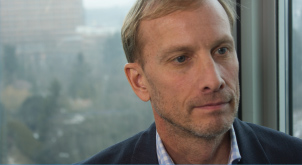
01
Dr. Mark DybulFormer Executive Director
The Global Fund to Fight AIDS,
Tuberculosis and Malaria
#
-
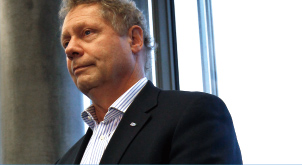
02
Dr. Seth BerkleyCEO
Gavi, the Vaccine Alliance
#
-
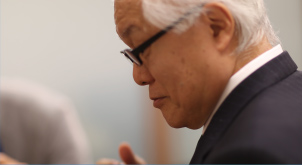
03
Hon. Prof. Keizo TakemiMember of the House of Councillors of Japan
Chairman, Special Committee on Global Health Strategy
of the Liberal Democratic Party's Policy
#

